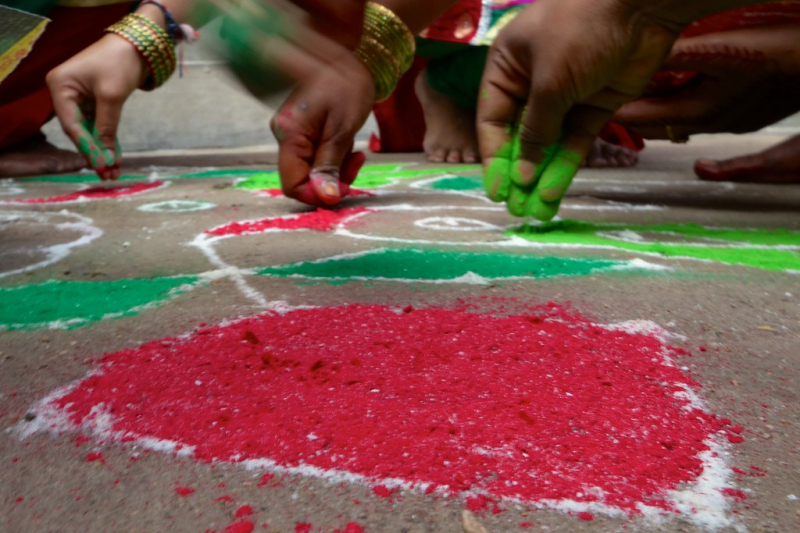Rangoli is renowned for its versatile use of materials
Rangoli, the traditional Indian art form of creating intricate patterns on the ground, is renowned for its versatile use of materials. These materials span a broad spectrum, showcasing the art's adaptability and regional diversity. Rangoli artists draw from a wide array of resources, selecting materials based on cultural significance, artistic vision, and local availability.
Materials like colored powders, flower petals, and rice grains offer a vibrant and visually appealing palette, often used during festivals and special occasions. Colored sand is another favored medium, particularly for larger and outdoor designs, due to its durability.
Traditional spices like turmeric and vermilion, as well as natural elements like leaves and petals, add a touch of eco-friendliness to Rangoli creations. In the modern era, dyes, food coloring, and stencils provide artists with greater flexibility and precision in design.
Whether it's the fragrant allure of fresh flower petals or the intricate patterns crafted from colored sand, these materials lend depth, texture, and cultural richness to Rangoli. They enable artists to tell stories, convey emotions, and capture the essence of India's diverse cultural traditions through this captivating and ever-evolving art form.











